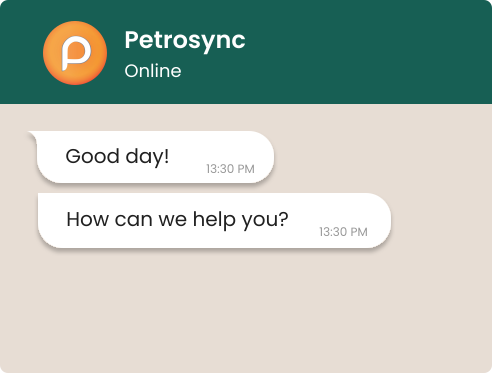Search PetroSync Training Schedule
Upcoming Training
| Training Name | Type | Level | Locations | Date | Duration | |
|---|---|---|---|---|---|---|
Well Completion and Workover (WCW) |
Classroom
|
Intermediate
|
Kuala Lumpur, Malaysia
|
18 Aug 2025 |
5 Days
|
Register |
Root Cause Analysis - RCA |
Classroom
|
Basic
|
Kuala Lumpur, Malaysia
|
19 Aug 2025 |
4 Days
|
Register |
ISO 55000 - Asset Management International Standard |
Classroom
|
Intermediate
|
Kuala Lumpur, Malaysia
|
20 Aug 2025 |
3 Days
|
Register |
Applied Reliability Centered Maintenance (ARCM) |
Classroom
|
Intermediate
|
Kuala Lumpur, Malaysia
|
25 Aug 2025 |
3 Days
|
Register |
Root Cause Analysis - RCA |
Classroom
|
Basic
|
Bandung, Indonesia
|
25 Aug 2025 |
4 Days
|
Register |
Well Completion and Workover (WCW) |
Classroom
|
Intermediate
|
Bandung, Indonesia
|
25 Aug 2025 |
5 Days
|
Register |
Certified Maintenance & Reliability Professional (CMRP) |
Classroom
|
Intermediate
|
Bangkok, Thailand
|
01 Sep 2025 |
5 Days
|
Register |
API 571 - Damage Mechanisms Affecting Fixed Equipment in the Refining Industry |
Classroom
|
Intermediate
|
Kuala Lumpur, Malaysia
|
08 Sep 2025 |
5 Days
|
Register |
API 936 - Refractory Material Design, Application, Installation and Inspection |
Classroom
|
Basic
|
Bangkok, Thailand
|
15 Sep 2025 |
5 Days
|
Register |
ASME PCC-2 Repair of Pressure Equipment |
Classroom
|
Intermediate
|
Bandung, Indonesia
|
15 Sep 2025 |
3 Days
|
Register |
18 Aug 2025 (5)
Well Completion and Workover (WCW)
Type
Classroom
Level
Intermediate
Locations
Kuala Lumpur, Malaysia
Read detail
19 Aug 2025 (4)
Root Cause Analysis - RCA
Type
Classroom
Level
Basic
Locations
Kuala Lumpur, Malaysia
Read detail
20 Aug 2025 (3)
ISO 55000 - Asset Management International Standard
Type
Classroom
Level
Intermediate
Locations
Kuala Lumpur, Malaysia
Read detail
25 Aug 2025 (3)
Applied Reliability Centered Maintenance (ARCM)
Type
Classroom
Level
Intermediate
Locations
Kuala Lumpur, Malaysia
Read detail
25 Aug 2025 (4)
Root Cause Analysis - RCA
Type
Classroom
Level
Basic
Locations
Bandung, Indonesia
Read detail
25 Aug 2025 (5)
Well Completion and Workover (WCW)
Type
Classroom
Level
Intermediate
Locations
Bandung, Indonesia
Read detail
01 Sep 2025 (5)
Certified Maintenance & Reliability Professional (CMRP)
Type
Classroom
Level
Intermediate
Locations
Bangkok, Thailand
Read detail
08 Sep 2025 (5)
API 571 - Damage Mechanisms Affecting Fixed Equipment in the Refining Industry
Type
Classroom
Level
Intermediate
Locations
Kuala Lumpur, Malaysia
Read detail
15 Sep 2025 (5)
API 936 - Refractory Material Design, Application, Installation and Inspection
Type
Classroom
Level
Basic
Locations
Bangkok, Thailand
Read detail
15 Sep 2025 (3)
ASME PCC-2 Repair of Pressure Equipment
Type
Classroom
Level
Intermediate
Locations
Bandung, Indonesia
Read detail

